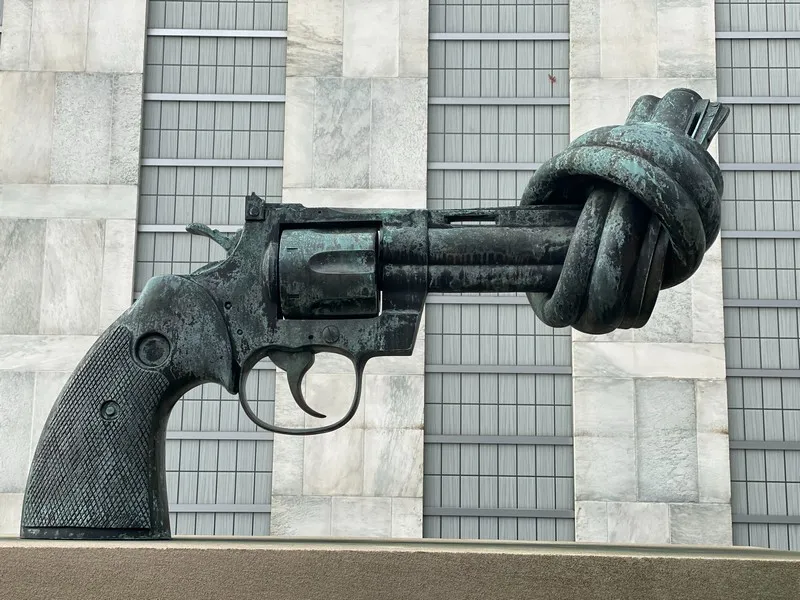Table of Contents
- Understanding Symbolic Violence
- Forms of Symbolic Violence
- Social Reproduction and Symbolic Violence
- Challenging Symbolic Violence
- Conclusion
- Think!
- Essay Suggestions
- Research Suggestions
- Further Reading
Pierre Bourdieu, a renowned French sociologist, introduced the concept of symbolic violence as a means to understand the power dynamics and social inequalities that exist within society. Symbolic violence refers to the subtle and often unnoticed forms of domination and control that are exerted through social norms, values, and cultural practices. This concept provides a valuable framework for analyzing how social structures and institutions perpetuate inequality and maintain the status quo.
Understanding Symbolic Violence
The Nature of Symbolic Violence
Symbolic violence operates through the manipulation of symbols, ideas, and beliefs, rather than through physical force. It is a form of power that functions at the level of culture, shaping individuals’ perceptions, preferences, and behaviors. Bourdieu argued that symbolic violence is particularly effective because it is often internalized by individuals, leading them to accept and reproduce the social hierarchies and inequalities that exist.
Internalization and Acceptance
One of the critical aspects of symbolic violence is its ability to be internalized by those who experience it. This internalization means that individuals come to see the existing social order as natural and inevitable. They accept their place within the hierarchy, often without questioning the legitimacy of the system. This acceptance is facilitated by the socialization process, where individuals learn and absorb the dominant values and norms of their society from an early age.
The Role of Habitus
Central to Bourdieu’s theory is the concept of habitus, which refers to the deeply ingrained habits, skills, and dispositions that individuals acquire through their life experiences. The habitus is shaped by an individual’s social background and conditions their perceptions and actions. Through the habitus, symbolic violence operates at a subconscious level, influencing how individuals perceive the world and their place within it.
Forms of Symbolic Violence
Cultural Capital and Its Imposition
Symbolic violence can manifest itself in various ways within society. One key form is through the imposition of cultural capital. Cultural capital refers to the knowledge, skills, and cultural practices that are valued and rewarded in a particular society. Those who possess cultural capital are more likely to succeed and gain social status, while those lacking it may face barriers and discrimination. This form of symbolic violence perpetuates social inequalities by privileging certain cultural attributes over others, often aligning with the interests of dominant social groups.
Social Norms and Expectations
Get the full article AD FREE. Join now for full access to all premium articles.
View Plans & Subscribe Already a member? Log in.





